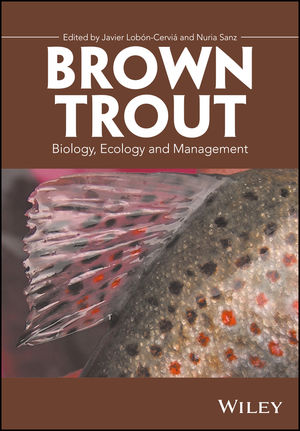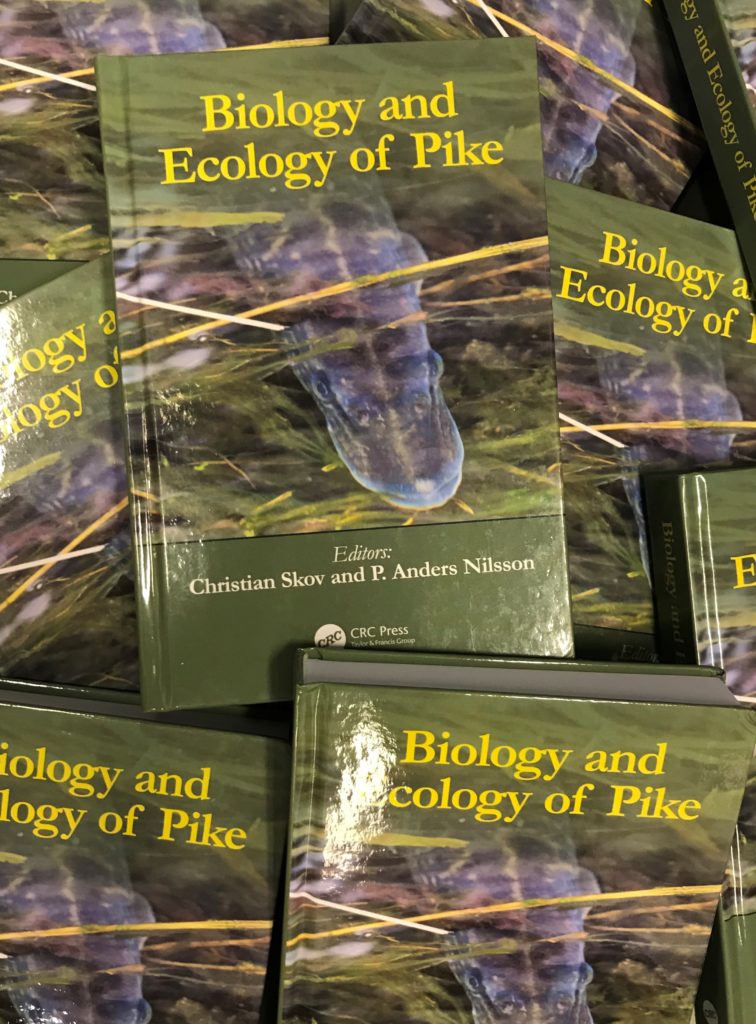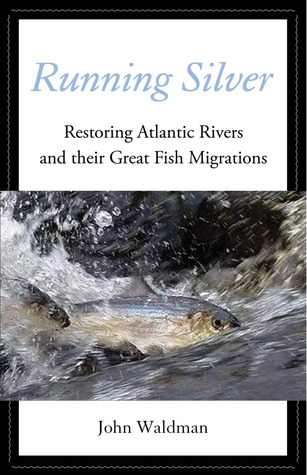27
NOV 2017 
Posted by Daniel Nyqvist |
Nyheter
 The book, “Brown Trout: Biology, Ecology and Management”, edit by Javier Lobón-Cerviá and Nuria Sanz was recently published. The book is described as “a comprehensive guide to the most current research, history, genetics and ecology of the brown trout including challenging environmental problems”. John Piccolo and Johan Watz, both researchers at Karlstad University, have written the chapter Foraging Behaviour of Brown Trout: A Model Species For Linking Individual Ecology to Population Dynamics? They summarize their chapter as follows:
The book, “Brown Trout: Biology, Ecology and Management”, edit by Javier Lobón-Cerviá and Nuria Sanz was recently published. The book is described as “a comprehensive guide to the most current research, history, genetics and ecology of the brown trout including challenging environmental problems”. John Piccolo and Johan Watz, both researchers at Karlstad University, have written the chapter Foraging Behaviour of Brown Trout: A Model Species For Linking Individual Ecology to Population Dynamics? They summarize their chapter as follows:
“Within the discipline of stream fish ecology, population-, community-, and even ecosystem-level patterns and processes have assumed an increasingly larger role in recent decades. It might be argued, however, that research on the behaviour of individual organisms ought still to play a major role in ecology; it is upon the individual, after all, that natural selection acts. Thus, one might reasonably expect that observing an individual fish’s behaviour should lead to robust conclusions about the fitness costs and benefits that animals must trade-off in order to achieve reproductive success. And ultimately, it is those individuals that achieve the greatest direct fitness that ought to, on average, drive the population-level processes that have attracted so much of stream fish ecologists’ attention in recent years. In linking behavioral- to population-level ecology, we are in luck when it comes to the brown trout – there is no stream fish species whose population ecology is better quantified, nor are there many species that have received more attention from behavioural ecologists. Thus we might consider the brown trout as a model species for developing the ecological understanding of how natural selection (e.g. individual, fitness-based decisions) acts to regulate stream fish populations. To forward this concept, a further development of a quantitative approach to foraging behaviour is warranted. In this chapter we review and synthesize the literature on brown trout foraging experiments with an eye towards identifying the knowledge gaps that remain to be filled in order for ecologists to quantify the fitness costs and benefits of foraging behaviour.”
The book is available (but expensive) here. For access to the specific book chapter, email John Piccolo or Johan Watz.
 The book Biology and Ecology of Pike, edited by Christian Skov (Technical University of Denmark) and Anders Nilsson (Karlstad and Lund Universities) was recently published by CRC Press. The two editors have also authored several chapters in the book. The book is described to “emphasize the progress of pike research during the past two decades, highlight human dimension aspects in recreational fisheries, and to address environmental circumstances on pike populations including the pike individuals.” Read more about the book here.
The book Biology and Ecology of Pike, edited by Christian Skov (Technical University of Denmark) and Anders Nilsson (Karlstad and Lund Universities) was recently published by CRC Press. The two editors have also authored several chapters in the book. The book is described to “emphasize the progress of pike research during the past two decades, highlight human dimension aspects in recreational fisheries, and to address environmental circumstances on pike populations including the pike individuals.” Read more about the book here.



